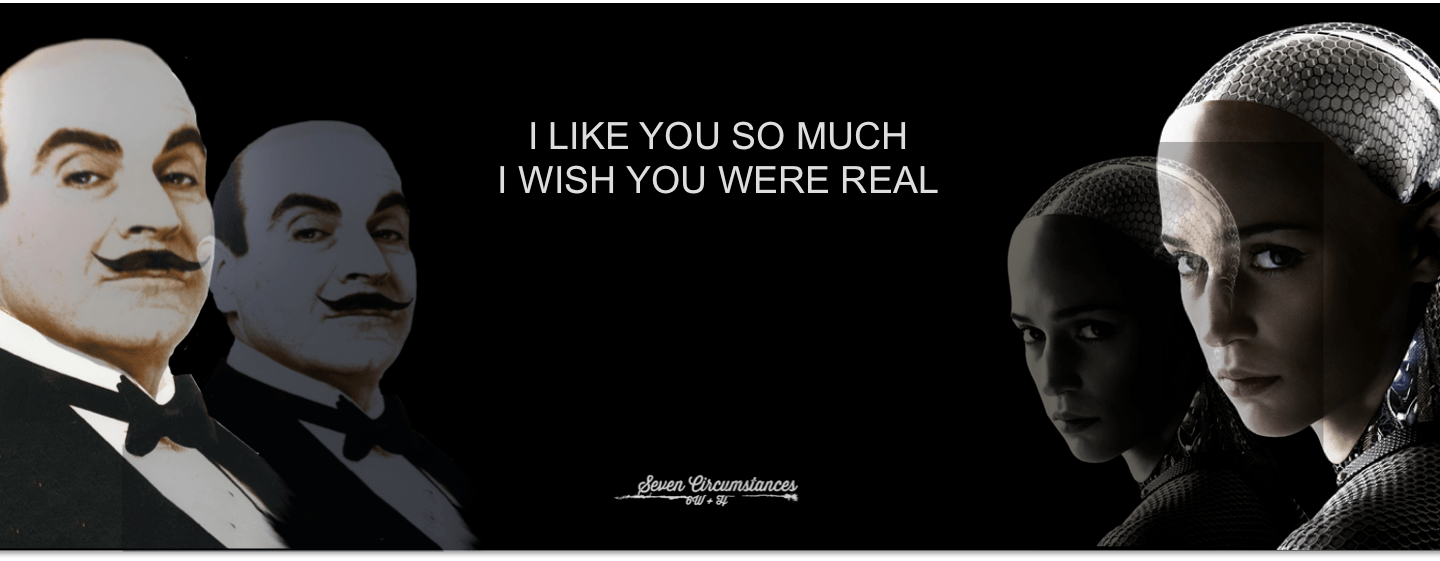 After Twin Peaks, Twin Peaks: The Return premiered on the 21st of May, I wondered why do we identify with fictional characters and think they are real – or want to believe they are real? There has to be a psychological or neurological basis for this. Here goes reason #6.
After Twin Peaks, Twin Peaks: The Return premiered on the 21st of May, I wondered why do we identify with fictional characters and think they are real – or want to believe they are real? There has to be a psychological or neurological basis for this. Here goes reason #6.
Reason 6 for thinking that characters are real: It’s hard to distinguish between facts and fiction
Jeffrey M. Zacks, a professor of Psychology and Radiology at Washington University in St. Louis, US, is the author of Flicker: Your Brain on Movies. In the book, one of the reasons he has identified for our difficulties with distinguishing between fiction and reality is because the part of our brains that deal with the source of the information is not as well developed as the rest. We are not very good at pinpointing the precise “sources” of our memories, in other words, what we ourselves saw or experienced versus what we had seen in a film or read in a book.
So if you say something and someone asks you, where did you hear that? you’d probably have to think a bit. Cognitively, source memory develops relatively late in children; and neurologically, it depends selectively on the prefrontal cortex, a region of the brain that is also late to mature. This means that we are most likely to have forgotten where exactly we heard or read one thing or another. Add to that the problems created by the proliferation of fake news, false statements, lies, bad science, nameless reports, and unqualified sources, and it’s no wonder that it’s more comfortable for most people to think that fictional characters are real, that to consider that a fact might be a fiction. The latter requires fact-checking and reading up.
Facts and prior knowledge
The closer to home a source is, the easier it is to assume it is true, factual, correct or real. We find it easier to believe a family member or friend, than to believe some random source we read about in the news. This means we can emphasize easier with sources close to us. This creates confusion because we sometimes know more about fictional characters than about those in our circle of acquaintances.
“One thing that helps us empathize with family and friends, no matter what our baseline capabilities to do so are, is trying to fill in the details of what we don’t know about their situation. Interestingly enough, this is also more or less what we do with fictional characters; in fact, it’s sometimes easier to empathize with them because we are often given, expositionally, far more detailed and intimate knowledge of a character than we would ever know about someone in our real lives.
“And, as in life, it’s our nature to fill in the blanks when we’re presented with a character that we haven’t gotten to know very well yet. Fanfiction is one way that we do this on a community level. Headcanons, a term in fandom that refers to what an individual believes to be true about a character, even though it’s not “canon”, are another way that we flesh out the details of these character’s lives as we attempt to understand and, ultimately, feel for them on some level.” (Abby Norman, The Psychology of Fandom: Why We Get Attached to Fictional Characters, August 19th, 2015)
Random weird rambling…
We are talking here about connecting with, or recognizing the emotions of something that is not real. This raises the question for me, what is real? Physically, we humans are real, and fictional characters are “unreal”; at most they are representations or manifestations of real people or ideas. But on the other hand, humans are nothing but atoms and molecules held together by chemical bonds. Our bodies are made of remnants of stars and massive explosions in the galaxies. All the material in our bodies originates with that leftover star dust. And we end up being dissolved bread. And what we think is probably, possibly, just our interpretation of atoms moving around us – just a “controlled, shared hallucination”, according to researchers at the Open MIND project of the Johannes Gutenberg University of Mainz, Germany. So how real does that make us? And how real can literary creations be, that being the case?

